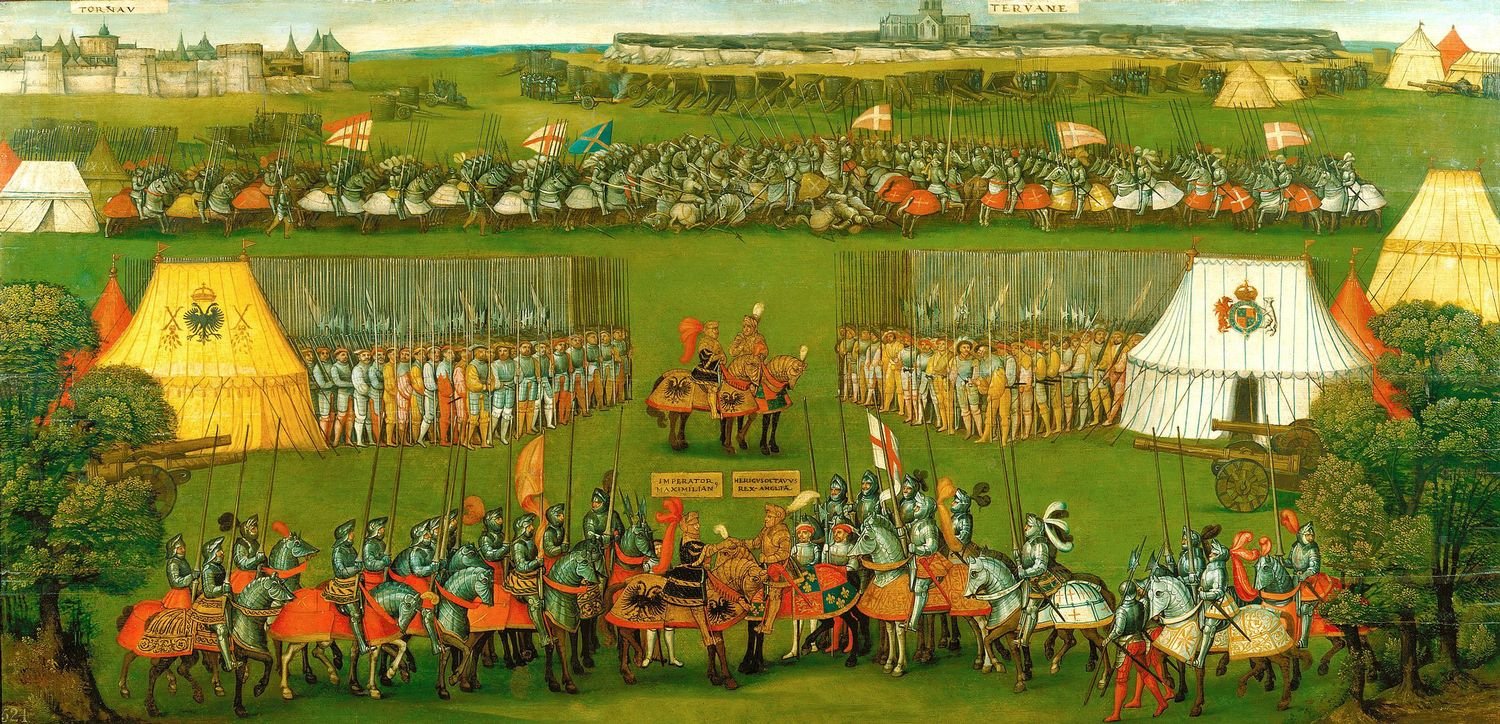
European Armour in the Royal Collection
An introduction to European armour in the Royal Collection.
1. Sport and War
In its original context, armour was first and foremost practical equipment – for battle or for tournaments. The two activities were closely interrelated, with sporting events like the tilt (joust) and barriers (foot combats) serving as a training ground for armed conflict, as well as a demonstration of bravery and skill. For this reason, many of the armours in the Collection are 'garnitures', having interchangeable pieces allowing adaptation to different cavalry and infantry roles as well as tournament activities.







